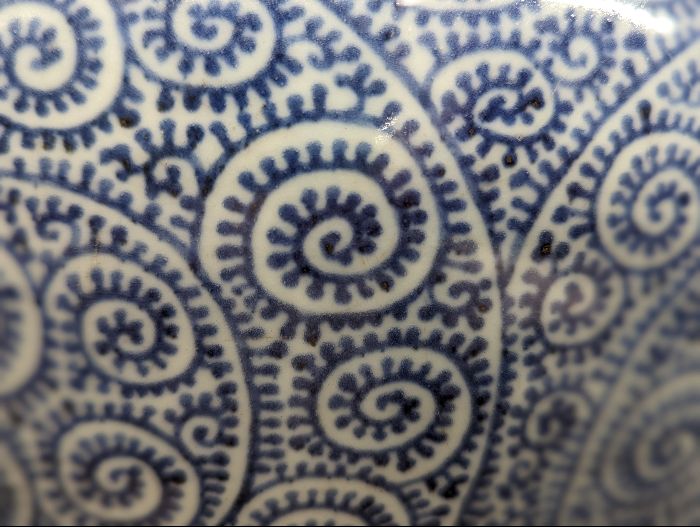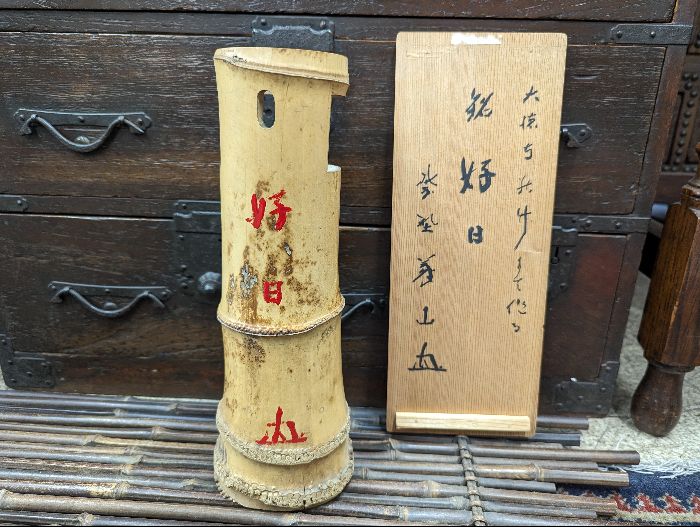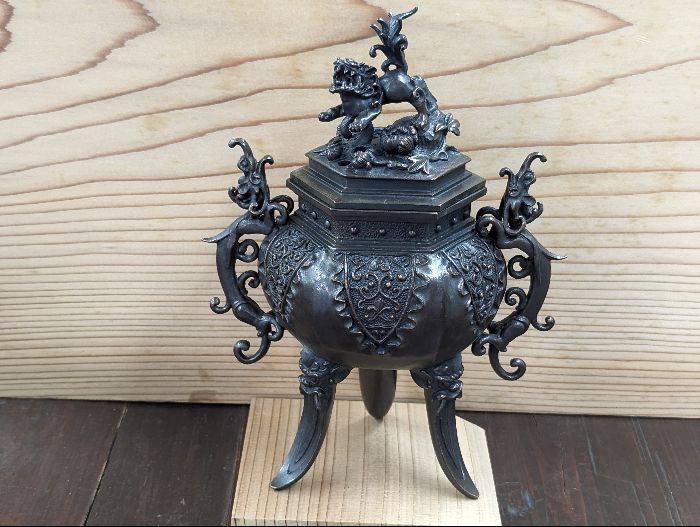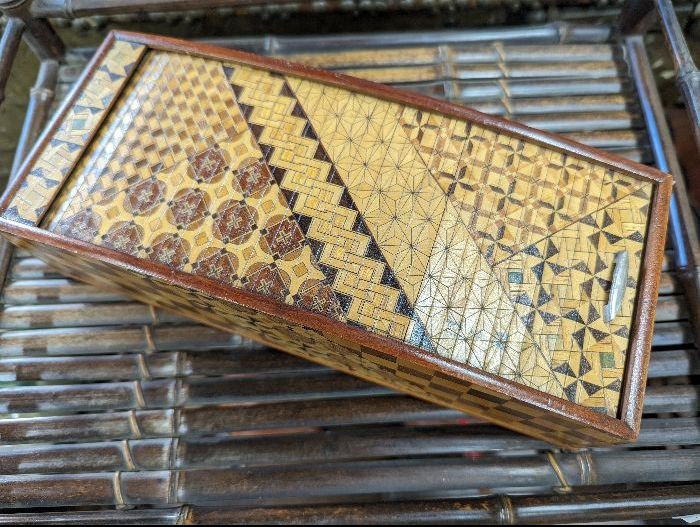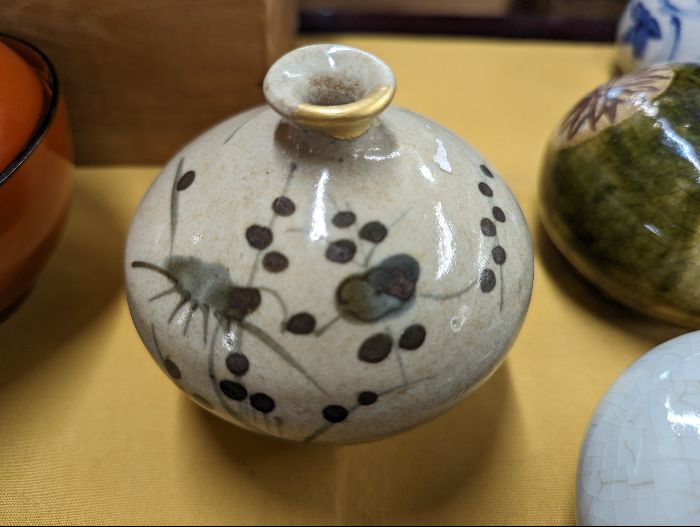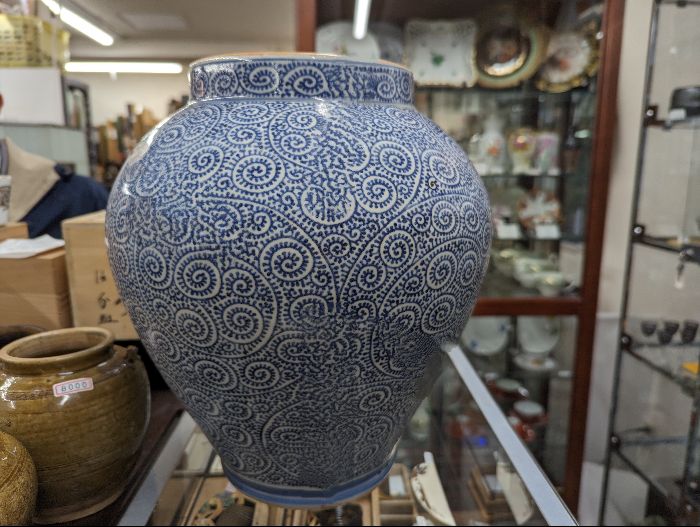
The vase welcomes your guests with a noble fragrance.
An old Imari “Tako karakusa jinkoutsubo” or literally octopus arabesque agarwood vase displayed in an antique store (“Jiko”) in the northwestern part of NISHIOGI. It was made in the mid-Edo period (1700s).
Takokarakusa is a type of arabesque pattern, and it is said the name comes from the octopus’s sucker, which has a pattern of spiral vines with protruding leaves.
The store manager commented, “This is called Jinkoutsubo, and it was used by monks and other high-ranking people at the time by putting fragrant wood inside the vase and letting scent waft into the room when guests came.”
優美な沈香壺
来客を高貴な香りでお迎えします。
西荻北西地区の骨董店(「慈光」)に展示されている、古伊万里の「蛸唐草沈香壺」。江戸中期の作品です。
蛸唐草とは、唐草模様の一種で、渦状に巻く蔓に突起状の葉を加えた文様が蛸の吸盤のように見えることからこのように呼ばれるようになったと言われます。
店長の言「これは沈香壺と称し、壺の中に香木をいれておき、来客時に香りを室内に漂わせてもてなすため、当時の僧侶とか身分の高い人に使われたものです。」
